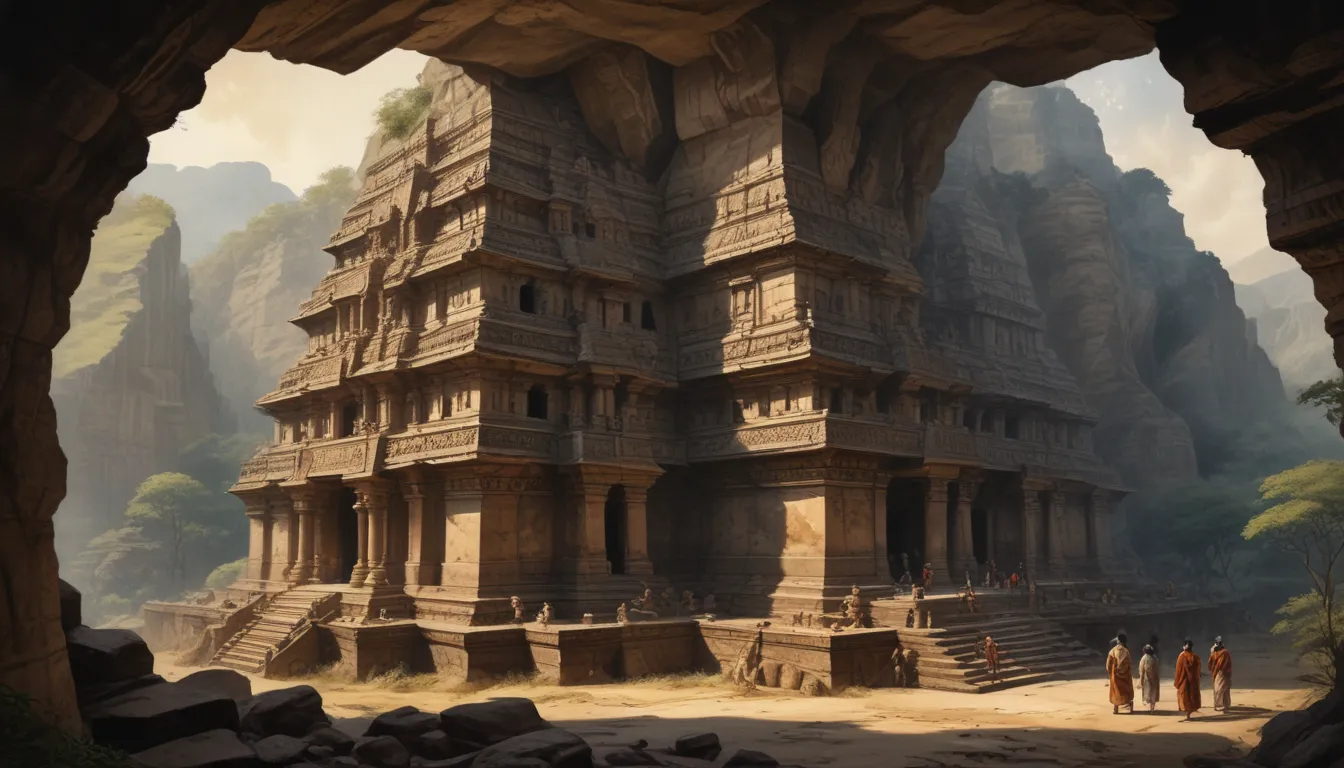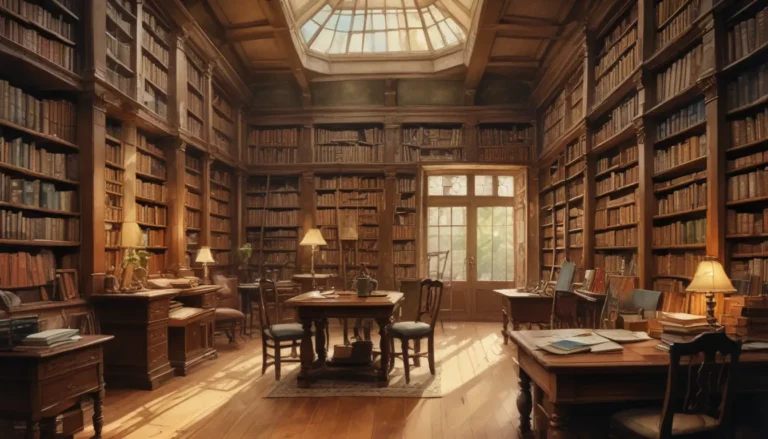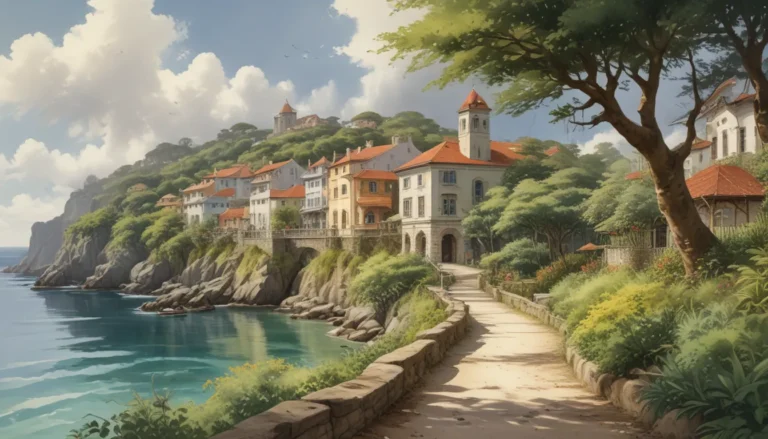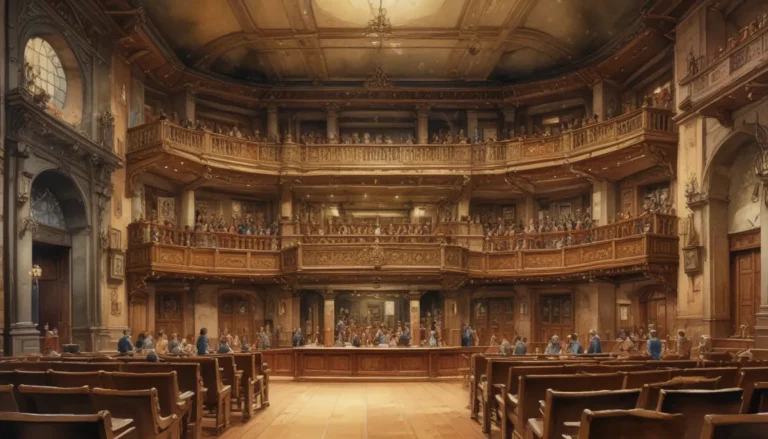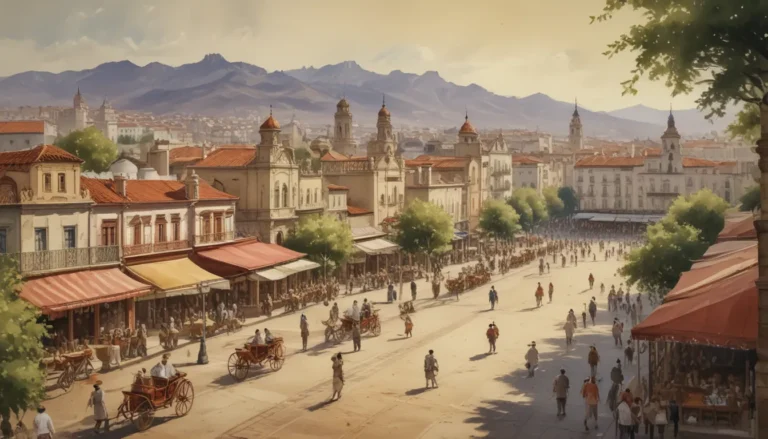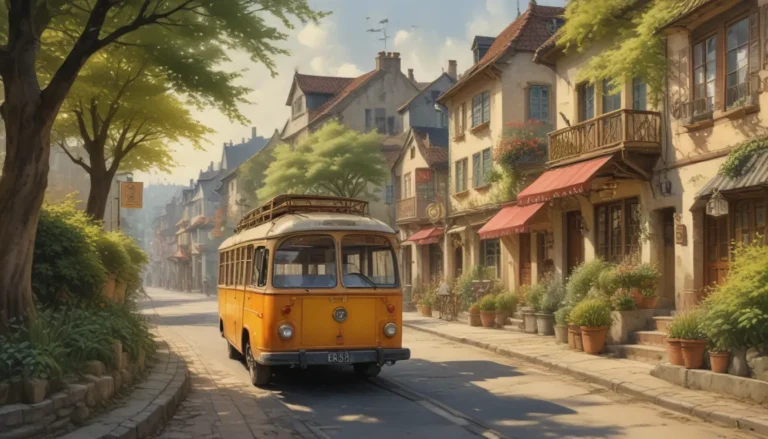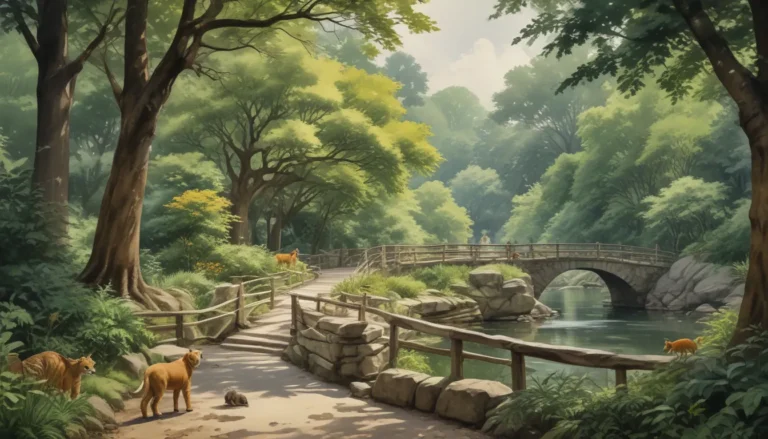The images in our articles are for illustrative purposes only and may not exactly match the content. They are intended to capture your interest and complement the text, not to replace it.
Are you ready to embark on a captivating journey through the mystical Ajanta Caves in Maharashtra, India? These ancient rock-cut masterpieces, hidden for centuries, hold the key to a rich cultural and religious history waiting to be discovered. Join us as we unveil 11 enigmatic facts about the Ajanta Caves, shedding light on their fascinating past and the incredible legacy they leave behind.
Unveiling the Mysteries of Ajanta Caves
The Ajanta Caves, a UNESCO World Heritage Site, are a mesmerizing treasure trove of ancient Buddhist art and architecture. Carved into the rock face of a horseshoe-shaped cliff, these caves date back to the 2nd century BCE and offer a glimpse into the skill and creativity of the artisans who crafted them. Abandoned in the 7th century CE, the caves were rediscovered in the 19th century, sparking awe and wonder among historians, archaeologists, and explorers.
A Timeless Testimony of Skill and Creativity
The Ajanta Caves stand as a testament to the exceptional craftsmanship of ancient artisans. These rock-cut marvels showcase intricate sculptures, exquisite frescoes, and detailed carvings that depict the life and teachings of Buddha. Each of the 29 caves, spread across two cliff-sides of the Waghora River, presents a unique blend of architectural styles and artistic techniques, offering a window into the ancient Buddhist art and architecture of India.
Delving into the Depths of History
The creation of the Ajanta Caves spanned several centuries, from the 2nd century BCE to the 6th century CE. Skilled artisans dedicated their lives to crafting these monastic complexes, which are classified into Viharas (monasteries) and Chaityas (prayer halls). The Viharas provided living quarters for monks, while the Chaityas were used for congregational gatherings and worship, reflecting the spiritual significance of these ancient structures.
The Splendor of Exquisite Frescoes
Step into the Ajanta Caves and immerse yourself in a world of stunning frescoes that adorn the walls and ceilings. These intricate paintings depict a range of subjects, from religious narratives to scenes from daily life, providing a glimpse into the artistic prowess of ancient civilizations. The meticulous craftsmanship displayed in these frescoes is a true marvel, showcasing the dedication and skill of the craftsmen who brought them to life.
Preservation and Challenges
While the Ajanta Caves have captivated visitors with their timeless beauty, they have faced numerous challenges in terms of preservation. Factors such as weathering, water seepage, and human activities have posed a threat to these ancient structures, leading to conservation efforts to protect and restore them. Through ongoing efforts, these caves continue to stand as a symbol of India’s rich cultural heritage and artistic legacy.
Unlocking the Spiritual Significance
The Ajanta Caves hold immense spiritual significance for Buddhists around the world. Once a place of retreat, meditation, and religious practice for monks seeking enlightenment, these caves serve as an important pilgrimage site. Visitors can feel the aura of tranquility and reverence that lingers within the walls of these ancient structures, offering a profound connection to the spiritual traditions of the past.
Embarking on a Journey Through Time
As you explore the Ajanta Caves, you’ll find yourself transported back in time to an era of artistic brilliance and spiritual devotion. Whether you’re drawn to the mesmerizing frescoes, the captivating sculptures, or the profound spiritual ambiance, the charms of Ajanta Caves are sure to leave a lasting impression. With each step, you’ll unravel the mysteries of a bygone era, experiencing the beauty and creativity of ancient civilizations firsthand.
FAQs: Uncovering More about Ajanta Caves
- How old are the Ajanta Caves?
-
The Ajanta Caves date back to the 2nd century BCE and were in use until the 6th century CE.
-
How many caves are there in the Ajanta Caves complex?
-
There are a total of 30 rock-cut caves in the Ajanta Caves complex.
-
Are the Ajanta Caves open to the public?
-
Yes, the Ajanta Caves are open to the public, allowing visitors to explore their ancient wonders.
-
Can I take photographs inside the Ajanta Caves?
-
No, photography is not allowed inside the caves to preserve and protect the ancient art and paintings.
-
How long does it take to explore the Ajanta Caves?
- Depending on your pace and interest level, it can take anywhere from a few hours to a full day to explore the Ajanta Caves.
Unveiling Ancient Wonders Beyond Ajanta Caves
As you bask in the splendor of the Ajanta Caves, consider exploring other remarkable sites that offer unique insights into ancient civilizations. From the archaeological marvel of Kourion to the astonishing architecture of Fatehpur Sikri, each site has a story to tell. Dive into the rich history and cultural heritage of these sites, discovering the beauty and creativity of the past.
Conclusion: Embracing the Rich Legacy of Ajanta Caves
In conclusion, the Ajanta Caves stand as a beacon of ancient art, architecture, and spirituality. Their enigmatic history and mesmerizing beauty invite visitors to delve into the depths of India’s cultural heritage. Whether you’re a history enthusiast, an art lover, or simply curious about the wonders of the past, the Ajanta Caves offer a journey like no other. Explore the mysteries, unlock the secrets, and immerse yourself in the timeless allure of this UNESCO World Heritage Site.
Discover the magic of Ajanta Caves and let their ancient wonders captivate your imagination. Step into a world of artistic brilliance and spiritual devotion, where the echoes of the past reverberate through time. As you explore these rock-cut masterpieces, you’ll find yourself drawn into a realm of beauty and creativity that transcends centuries. Join us on a journey through the enigmatic Ajanta Caves and unravel the mysteries of the ancient past.
